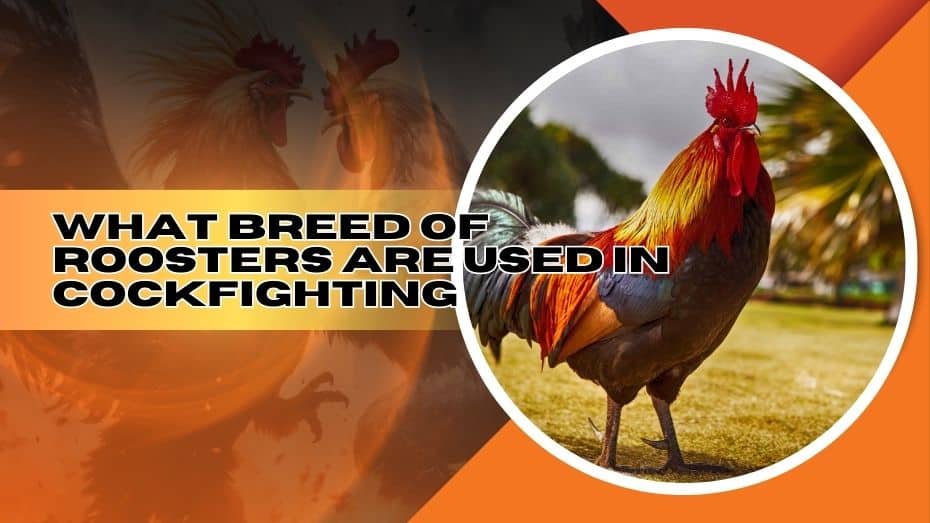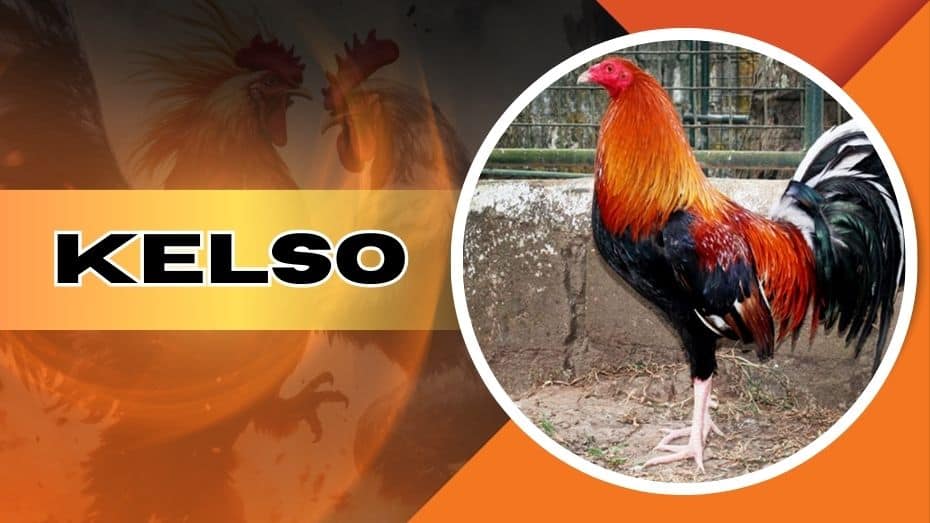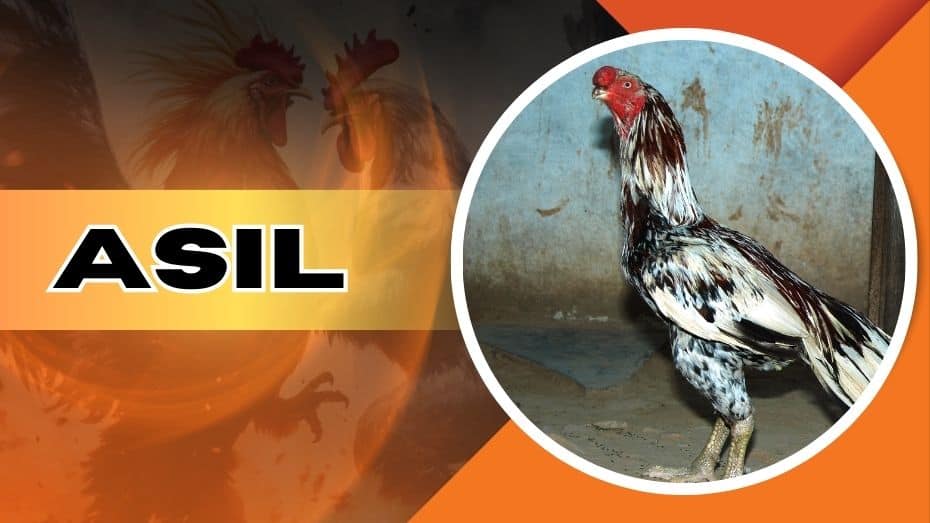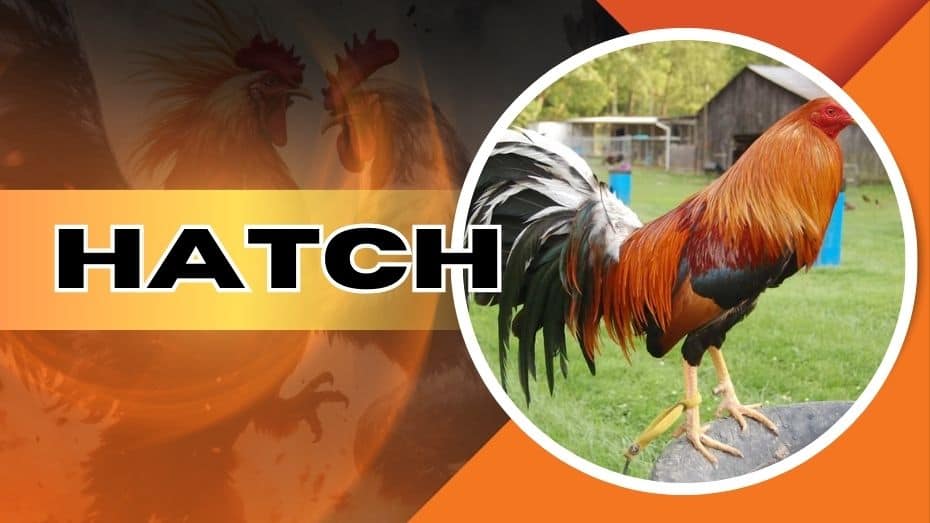Best Cockfighting Breeds in the Philippines
Not all chickens are cockfighting breeds, some are better suited as meat birds, egg layers, pets, and more. Still, some chickens are specifically bred as gamefowls and professional breeders invest a lot of time, money, and resources to develop new breeds and bloodlines to get an edge over their competition.

Still, breeders do trial and error to develop new breeds and some crosses between gamefowl breeds even result in producing a totally different chicken breed unfit for cockfighting. In the Philippines, breeders are currently developing local breeds and new bloodlines. Some of the most popular breeds in the Philippines are the following:
Best Cockfighting Breed: Kelso
The Kelso breed is a hybrid breed produced by crossing John Madigin’s hens that Walter Kelso inherited with other breeds. Kelso only focused on picking roosters to mate with his hens based on their performance and not on their breed.

The Kelsos in the Philippines are one of the best worldwide and this is thanks to the popularity of cockfighting in the country. Many breeders use Kelsos to create their own gamecock breeds by crossing them with other breeds, including the following:
One of the most popular Kelsos today are the White Kelsos and many breeders are currently working to create their own White Kelso bloodline.
Kelsos are well-known for their stunning plumage, beautiful tail feathers, sleek head, and bright colors. This breed may not be the strongest or fastest bird, but it knows how to side-step and grapple their opponents.
Best Cockfighting Breed: Asil
The Asil, or Aseel, is a ferocious breed native in India and Pakistan that is well known for being good fighters. The Asil can perform well even without being outfitted with blades, as shown when Asil hens and chicks battle other chickens.

This breed is well-known for the following:
An Asil rooster can weigh up to 3 to 4 kilograms while hens can weigh up to 2.5 to 3 kilograms. While Asils aren’t large chickens, their perfect shape allows them to generate tremendous strength which makes them excellent fighters.
Best Cockfighting Breed: Hatch

Hatches are well-known as one of the best fighters and was developed by Stanford Hatch in the US to win matches. Hatches are a varied breed that can trace its origins from Brown Reds, Whitehackles, and Kermis. Today, there are multiple different Hatch varieties which include the following:
A Hatch rooster will typically have yellowish-green featherless legs, allowing them to be easily distinguishable even for people who can’t distinguish between breeds. Because Hatches are known for their speed and endurance in the cockpits, being able to distinguish them through their legs can help bettors win pretty easily.
Best Cockfighting Breed: Shamo
The Shamo breed is a well-loved cockfighting breed in the Philippines with many breeders preferring this breed. The Shamo is a Japanese fowl that is renowned worldwide and well-known for their muscular build and long legs. These birds are easily distinguishable by their distinct appearance.

Breeders are using this breed to develop other breeds and bloodlines to crossbreeding and the resulting breeds are distinguishable through their thick feathers.
Outside the Philippines, the Shamo is still well-known for naked-heel cockfighting in Japan. Additionally, Japan officially recognizes seven different Shamo breeds, which are the following:
Best Cockfighting Breed: Sweater
The Sweater is a popular breed in both the Philippines and Mexico after it won multiple derby matches and other local cockfights in both countries. This breed started out as a poor reflection of what it is now as the earliest Sweaters were known for poor stamina, especially since this was developed from poorly performing chickens.
Carol Nesmith’s efforts to revitalize the poor stock of roosters he initially had. The Sweaters of today have the following physical characteristics:
A fun fact is that some Hatches were once introduced to this line which resulted in some Sweaters having green legs and that Sonny Ware bred some Radios to this line to give them a pumpkin color. Additionally, a different Sweater bloodline was bred by Dolan Owens who acquired a few early Sweaters which resulted in distinct Sweaters with dark wine-red colors, straight comb, and white legs.
The deadly Sweaters today have the following characteristics:
These effectively turn this bird breed into a lethal bird in the cockpits.
FAQs
Conclusion
The five most popular breeds in the Philippines are the Kelso, Asil, Hatch, Shamo, and Sweater but there are other breeds that are also favored by other breeders, including Greys, Roundheads, and more. In fact, some breeders even made their own Filipino gamefowl breeds that are also seeing action in various cockpits.
Register at Online Sabong today and check out the different roosters in play at our digital cockpit. You might see some of the roosters we mentioned here fighting.
